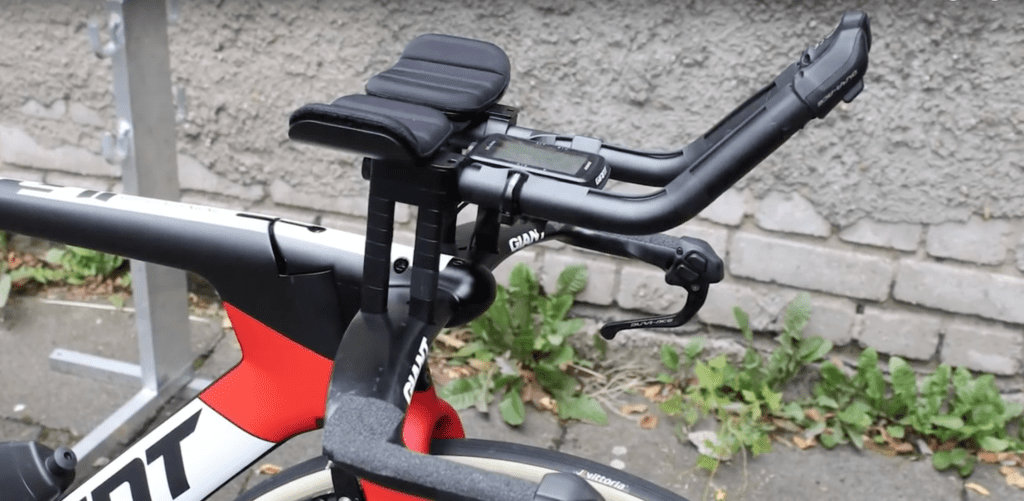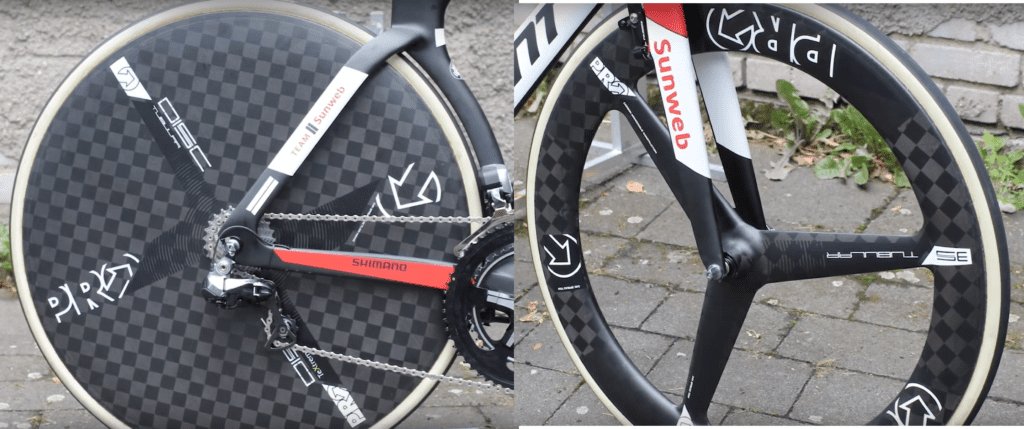With a global viewership of over 3.5 billion, the Tour de France is the third-largest sports event in the world. Started in 1903, it is a multi-stage bike race consisting of 21 stages and is held over a 23-day period. While most of the race takes place in France, it also passes through several other countries. Before we get into a discussion about the bikes, it is necessary to understand a little about the event itself.
Glimpse into Tour de France
The modern Tour de France typically consists of about 20 teams, each with eight riders per team. The 23-day event, generally held during the month of July, consists of 21 stages, with one stage being completed per day. Over the years, the format of the race has remained the same and includes time trials, and passage through the mountains of the Pyrenees and Alps, before finally finishing on the Champs-Élysées in Paris.
The 2018 Tour de France recently started on July 7th and the last stage will be held on July 29th. A total of 176 riders from 22 teams are participating in this 3351 km journey. The stages include flat tracks, medium and high mountains, and two time-trial stages (one for each team on July 9th and one for individuals on July 28th).
In the team time trial, the winning team is determined by the times of the fourth-fastest rider. In order to increase the chances of winning, the gap between the first four riders is not only small but they also utilize the slipstream to increase their chances of winning.

The individual time trials are individual events and the starting grid depends on the ranking of players or performance up to the previous stage. Unlike the team stage, the use of the slipstream between competitors is forbidden.
What Makes a Time Trial Bike Unique?
Beyond discussing the bikes used, it is important to understand the difference between the time trial and the bikes for the other stages. The stages of the general race include riding on high and low mountains, flat tracks, etc. The distance is short, usually flat, and can be typically covered at a rapid pace. The time trials in 2018 were 35.5 km (team) and 31 km (individual).
Unlike the other rounds, the cyclists in the time trial must maintain a steady performance over a longer period. This is considered to be one of the most difficult parts of multi-stage races like the Tour de France. The TT round requires the cyclists to be extremely aerodynamic while maintaining steady pedaling and power output over a constant duration. Many young cyclists tend to overexert themselves early on and slow down in the middle, before finally realizing that there was not enough consistent effort towards the end. Hence, these time trials are physically and mentally challenging at the same time.
The purpose of a helmet is to protect the person who wears it from a head injury during impact. In this project, the impact of a human skull with and without a helmet was simulated with nonlinear dynamic analysis. Download this case study for free.
The Time Trial Bike
These challenging stages thus require a bike that suits their unique requirements. As discussed earlier, the stage is generally flat, with minimal hills and fast-paced racing. The obvious choice for such a bike is something that has an extremely light chassis and wheels, is aerodynamic, and that offers a stable weight distribution. Since the TT event requires the cyclist to be extremely focused, this could also mean a slight reduction in handling for a gain in aerodynamic performance.
Check out an article called “Aerodynamics of Cycling Explained through CFD”, based on a video project with FYFD.

The article discusses aerodynamic drag and shows how the rider could reduce drag by shifting their body lower rather than adopting an upright position. This is essential for time trial bikes where the goal is to increase the aerodynamics as much as possible.
One of the first differences is the position of the handlebars. As shown in Fig. 3, cyclists spend most of their time on the armrests with their hands in front. Today, with the electronic gear system, even switching gears can be done from this position. The base bar that includes the brakes is almost never used. The base bar is used only at the start of the race or if the bike becomes wobbly. This is a very important aspect that allows the cyclist to maintain a near-horizontal position that reduces drag.

However, such a position is not possible during a normal race. While it is better from the aerodynamics perspective, it is an unstable riding position. While one cannot brake suddenly, even a small shift can lead the bike to wobble and crash. Thus, these types of handlebars are not legally allowed on the rest of the tour, with the exception of the time trial stages.
The next important difference is the rear wheel, which is generally covered/closed while the cross-section of the front wheel is shaped like an airfoil, as shown in Fig. 4. This plays a big role in aerodynamics, especially on flat tracks where there is not much wind.

An interesting case study on the disks in the rear wheels can be noted at wing-light.de. In this study, the authors consider several wheels and demonstrate the change in drag force. The study shows that at a yaw angle of 20 degrees, one can achieve a negative drag! Fascinating, right? Why not try this using the SimScale simulation platform?
Conclusion
There are several other minor differences between a time trial bike and the standard bike used for the rest of the tour. Some of the major ones include (a) a frame that integrates into the top tube and front wheel sections, (b) an arrow (or airfoil) shaped cross-section for the bikes, (c) a much larger gear pulley, and so on.
You can find more details on simulating this in the article “Bike Aerodynamics Simulation – Reducing Cyclist Drag by 30%”, which also includes a public project of the simulation of a bike’s aerodynamics. You can use this project as a template to start your own analysis. Enjoy simulating!



